Estimated reading time 10 minutes, 19 seconds.
Cultivating a robust safety management system is continuing to become more of a priority for aircraft operators across all sectors — whether it be for firefighting missions or agriculture operations. Flight data monitoring (FDM) is one method that is highly important not only for enabling reactive responses to incidents, but for helping to stop incidents from happening in the first place. For obvious reasons, any operator large or small should consider rolling out FDM technology across their fleet. But there are multiple barriers like cost and time that are preventing them from doing so.
That’s where Spidertracks stepped in with its Spider X platform, which enables an easy entry for operators into FDM by lowering the barriers in today’s industry.
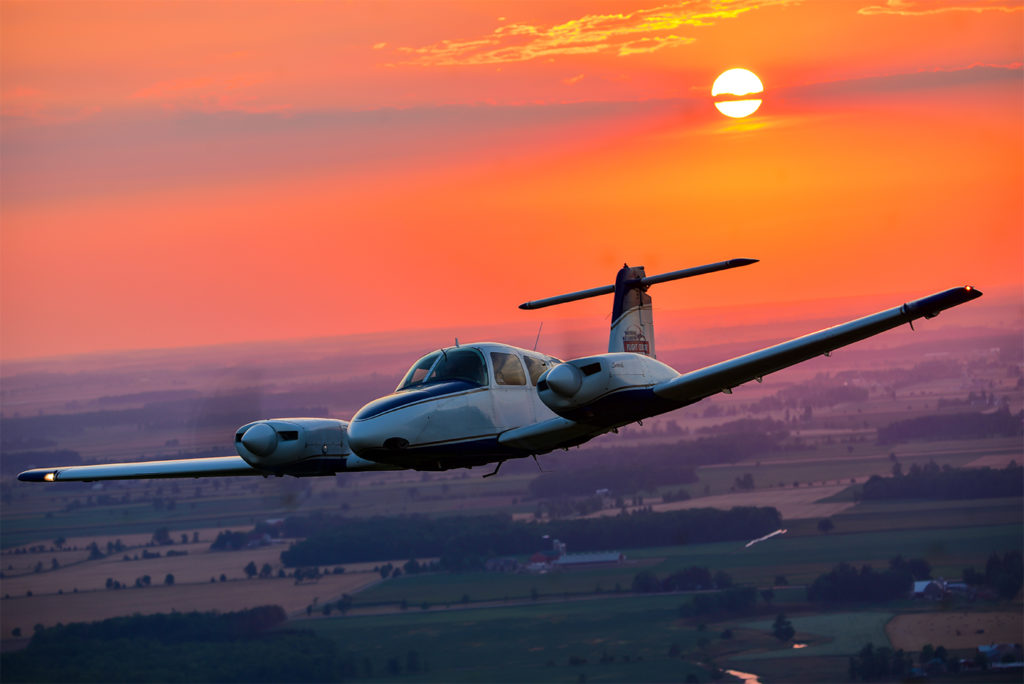
Starting out as an aircraft tracking and communications provider in rural New Zealand in 2006, Spidertracks, now based in Auckland, has been motivated from the beginning to enable fixed- and rotary-wing operators to know where their aircraft are for safety and operational purposes — at a fraction of the cost of similar products.
Now the company is bringing value to operators in the FDM space, also known as flight operations quality assurance (FOQA). Spidertracks has gone from a company that helps people in a reactive way if there’s a crash or incident, to a company that also enables the proactive nature of improving safety and preventing incidents from ever happening at all.
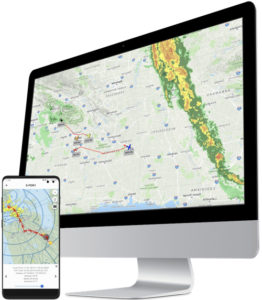
“We’ve got a key position in the market where we’re monitoring thousands and thousands of aircraft performing critical missions,” said Steve Whitaker, Spidertracks chief operating officer. “We looked at how we can build on what we’ve got to help provide our customers with a proactive safety system — how do we enable a FOQA/FDM program?”
Spidertracks enables fixed- and rotary-wing operators to know where their
aircraft are for safety and operational purposes. Spidertracks ImageThis vision is reflected in the Spider X hardware itself, but is also the driving force of the company as it navigates forward.
“The same barriers exist today in flight data monitoring that existed in tracking when we started,” added Whitaker. “The boxes are $20,000 and it’s a 30-hour install. Even the higher end operators that we speak to can’t justify rolling that out across their fleet. . . . Less than 10 per cent of the market is utilizing [FDM] right now. . . .We have a cost-effective solution that provides an entry to a FOQA program with the basics they need to get insights into their safety.”
The works
The Spider X is a compact piece of hardware that acts as an IoT gateway to the aircraft, providing what the company calls Virtual Flight Data Recording (Virtual FDR) — sampling flight parameters like the aircraft’s roll, pitch and rates of change at very high frequencies. This enables the Spider X to deliver a 3D flight replay for a modernized post-flight review. It’s a feature that is particularly useful for flight schools “because they have that opportunity to actually see how the student handled the aircraft over the specific terrain it was in immediately after [the flight],” said Zandri Banks, Spidertracks brand and communications manager.
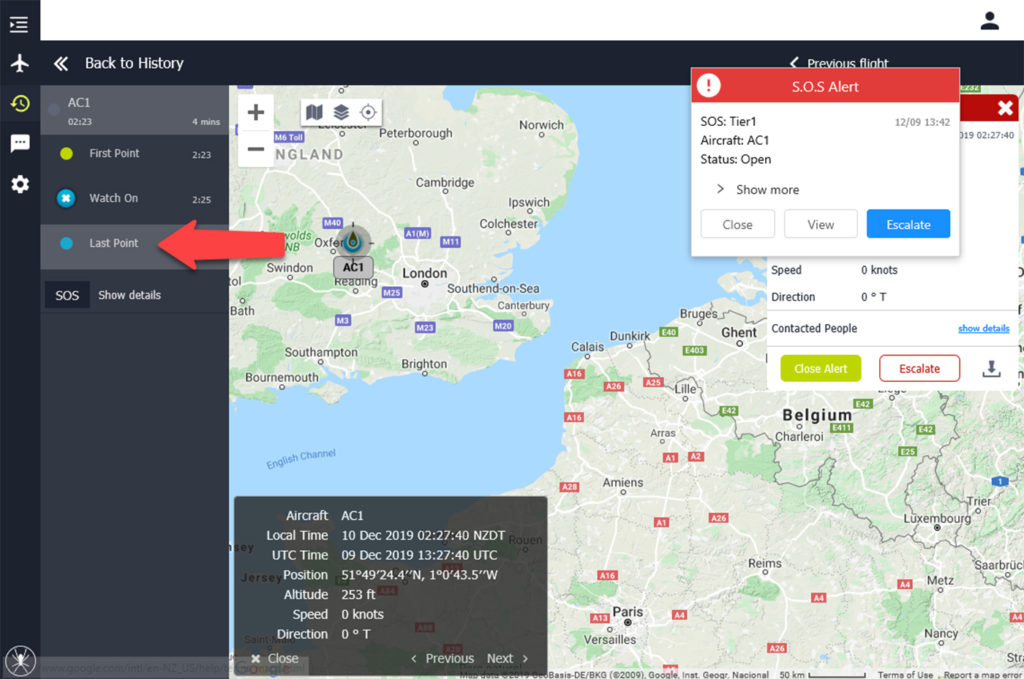
As an IoT gateway, the Spider X will always be capable of being updated wirelessly, meaning the product will continue to make more aircraft data available — like accurate takeoffs and landings. This, of course, is all in addition to the company’s inaugural tracking services.
In the company’s opinion, there are three main barriers in the market today that deter people from adopting an FDM program (aside from cost): installation, data transferring, and data configuration. Spidertracks has lowered all of these barriers with the design of the Spider X — something that has not yet been done in the industry.
“Just putting the hardware into the aircraft can be a significant cost — not just the purchase price, but the installation,” said Whitaker.
The Spider X’s plug-and-play ability allows the hardware to be installed on aircraft without complex and costly certification.

And with the use of cellular connectivity to transfer flight data to the Spidertracks platform, crews can put away the inconvenient SD cards and cables. This means by the time a pilot lands, completes post-flight procedures, and walks inside, their flight data is available for review. “Our view is that your data should be there in the cloud, ready to click whenever you want it,” Whitaker said.
“Then to look at the data… your average operator can’t justify having a specialists safety team,” he added. “So what we want to do is present that information in a really easy, digestible way that doesn’t take hours of configuration.”
Ready to fly
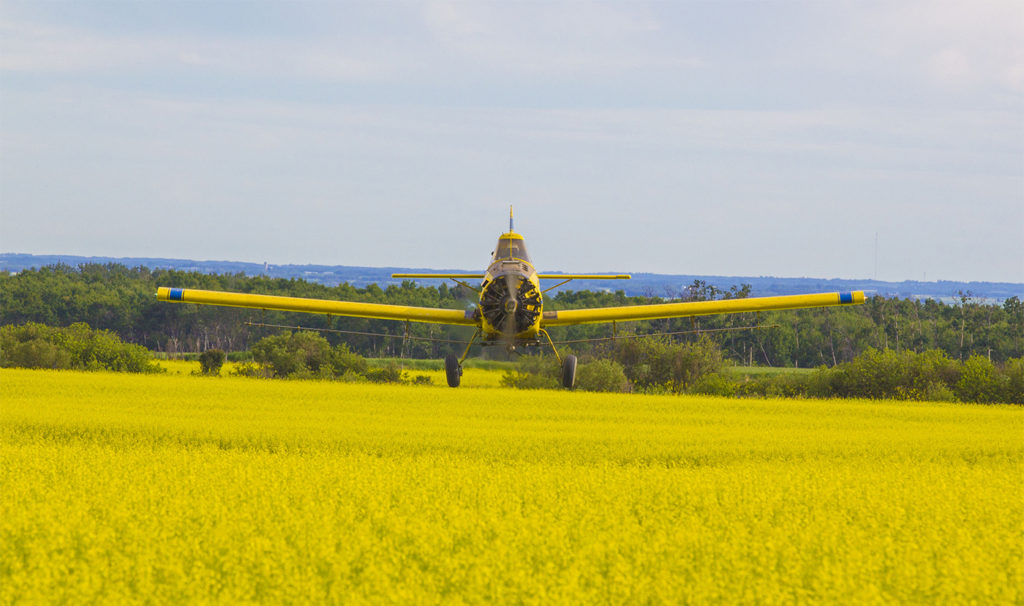
The Spider X just recently started shipping to customers at the beginning of August, and despite the current COVID-19 crisis, Whitaker said demand for the Spider X has been “really positive.”
He added: “We’ve seen some good demand, and in the last few weeks we’ve started to roll out across a number of fleets” — one in particular being a fleet of Cessna aircraft, and others being fixed- and rotary-wing mixed fleets.
The plug-and-play nature of the Spider X makes it especially appealing to operators with mixed fleets, and large fleets in general, since the hardware can be retrofitted across an entire fleet in an expedited timeframe — no matter what aircraft types are involved.
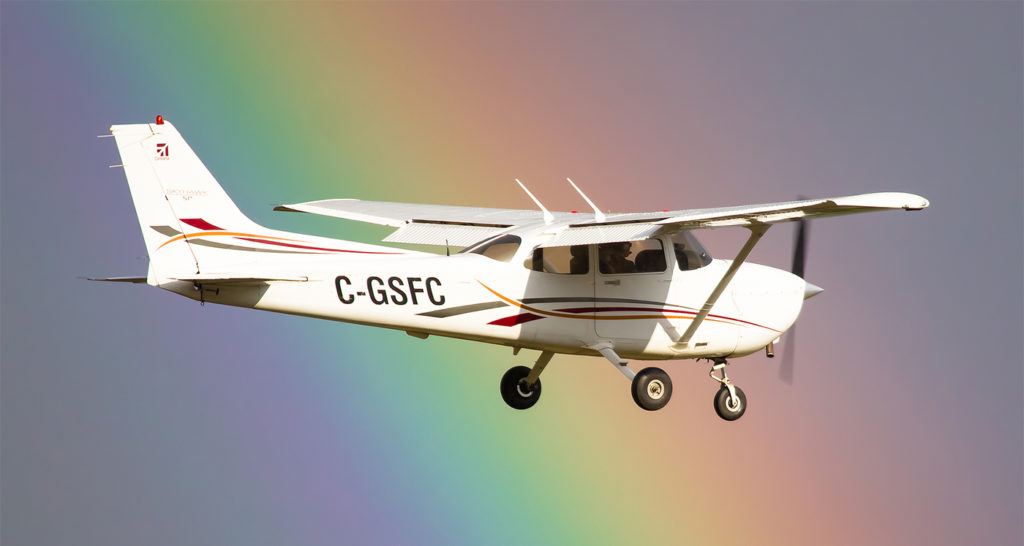
“For example, one of our customer’s fleets has seven different types of aircraft, and we were able to roll out [the Spider X] in a matter of weeks,” said Whitaker. “In this case it was roughly 35 aircraft. With a traditional FDM product, the project would have taken a year or more to do because you would have had to wait for significant maintenance cycles to bring [the aircraft] in, wire them up, etc. So that quick rollout means that we can really accelerate that adoption of the solution and a safety program.”
With tracking and safety advancements being so critical in all aspects of aviation, operators who use Spidertracks perform all types of work, from firefighting and agriculture operations, to wildlife inspection, charter and flight school operations.
“The reality is, everyone is looking to be safer, and everyone knows the challenges,” said Banks. “They’re all under pressure to show they’re improving.”
A catalyst for safety advancements
While the Spider X is doing great things for operators around the world, its release has created a springboard for Spidertracks to solve a much wider industry problem — particularly where there are untapped opportunities for massive safety and operational advancements.
Building on the Spider X platform, the company is working on the next phase, called Virtual FDR Insights.
Based on the aircraft data collected by the Spider X, Virtual FDR Insights will feed both operational and safety insights into an operator’s FOQA program — such as events and exceedances around the attitude of an aircraft, how it was flown, etc.
“We’ve got this two-pronged attack,” said Whitaker. “We want to provide operational insights to help improve [the operator’s] bottom line, in parallel to delivering the safety insights in a simple, digestible way.
“And then our goal is to keep layering onto that — to keep offering more insights using AI [artificial intelligence] and machine learning, and making it simple,” he added. “Our investment is making it simple for the operator, both from an install perspective and also getting value from the data and integrating and sharing information. That’s what our mission in life is: make FDM/FOQA simple so that it can be adopted.”
Whitaker said Spidertracks is aiming to launch Virtual FDR Insights before the end of the year.
The hope for the entire Spider X and insights platform is that it will enable operators around the world to get started with a FOQA program and use more data to continue to build on that safety culture.
“For us it’s a real shift in who we are as a business; we’ve gone from being a tracking company to being a data insights company,” Whitaker reflected. “We’ve got many stories from tracking and we’ve been able to save many lives . . . but still we think there’s a lot more we could have done. Our vision is to become the benchmark in aviation safety, and this is really a big step on that journey for us.”

